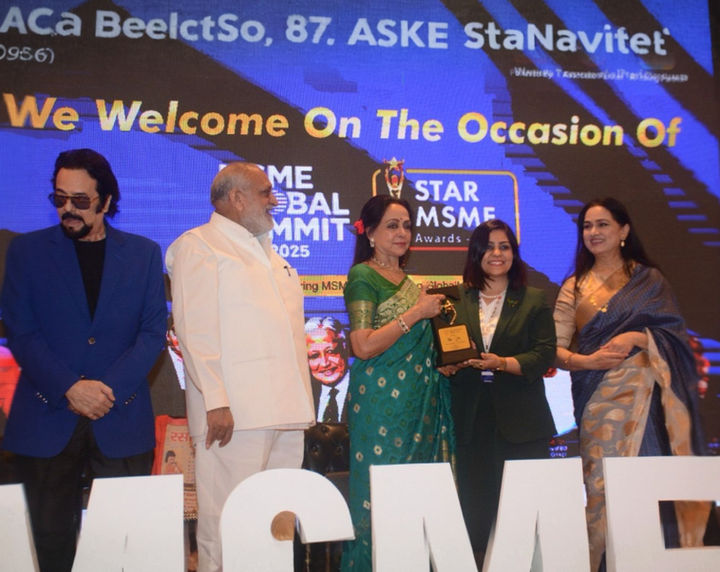
EXPERTS IN SPEECH THERAPY AND ALLIED SERVICES
Where Therapy Unlocks Your Potential and Inspires Growth
India's first and largest tele-therapy company since 2014
Visit our On-Site Speech Therapy Centre in Noida
130+
Therapists
Nurtured
60
Treatments Available
80
Countries Served
42,000+
Clients Served
85,000+
Sessions Taken
WHAT IS YOUR CONCERN
What we Treat
We are here to help you with all your communication and learning needs. At 1SpecialPlace, our expert team provides speech and language therapy at home, and other related therapies via tele therapy making it easier and more convenient for families to access quality care. Whether you're seeking speaking therapy for adults to improve communication skills or searching for the best speech therapist near me to support a child’s language development, we’re here to guide you every step of the way.
Goal based enhancement as per your child's age.
Effective fluency shaping therapies to boost your child's confidence
Improve social skills fostering better interactions
Improve Language abilities of children with Unclear Speech
Improve Oral Motor Skills, Language and Cognitive abilities
Improve speech planning and coordination for clearer communication.
Improve Language ability & enhance Social Interactions
Improve Speech Language, Oral Motor and Communication
Encourage verbal expression, helping your child find their voice.
Therapy for children who wear Hearing Aids or use Cochlear Implants
Graded Special Education Programs to enhance learning
Enhance speech by addressing resonance & clarity.
PRATIKSHA GUPTA, FOUNDER AND CEO
Award Winning Leader
Pratiksha is a highly acclaimed icon in the Industry, known for her deep passion to innovate and serving the community since 2007.
A University College London (UCL) graduate and AIISH Gold Medallist. She is the mastermind behind 1SpecialPlace. She monitors the progress of all our clients and trains Therapists for quality control.
.jpg)
SPECIAL PRIZE FOR ALEXA APP
AMAZON
INDIA
2018
BEST
START UP
VIRIDIAN VENTURES
NOIDA
2018
BEST
WOMAN START UP
ATF
BENGALURU
2021
OUTSTANDING LEADERSHIP
HEALTH 2.0
DUBAI
2023
BEST SLP AND AUDIOLOGIST
SABLA NARI AWARDS
NEW DELHI
2023
OUTSTANDING ORGANISATION
HEALTH 2.0
LAS VEGAS
2024
TOP TELEMEDICINE PLATFORM
HEALTH SUMMIT
HYDERABAD
2024
OUTSTANDING IMPACT IN SPECIAL NEEDS
STAR MSME AWARD
2025
ONLINE AND ON-SITE
Services
We stand out as a beacon of excellence in on-site and online therapy services providing a comprehensive range of therapy services, which fosters growth and development.
Our multidisciplinary approach combines speech therapy, occupational therapy, mental health counselling with special education and nutritional health, all underpinned by our unwavering commitment to quality. Our therapists undergo continuous training and monitoring, while our cutting-edge therapy software, Modthera, ensures innovative, personalized solutions. We pride ourselves on ethical and transparent services, providing detailed progress reports and fostering an empathetic community. As a neurodiversity-affirming practice, we prioritize clients' voices in therapy decisions.
Programs - We also have specially curated programs. Our programs provide bundled services that include best online Speech Therapy, Occupational Therapy, Mental Health support, Special Education, and Nutritional Health. This comprehensive approach ensures you or your child receive the combination of care needed for the best outcomes.
Experience the nurturing environment where you and your child can communicate meaningfully, speak with confidence, learn new skills and thrive.
OUR APPROACH TO PERSONALIZED THERAPY
How it Works?
Discover the streamlined process at 1SpecialPlace, designed to match you with the perfect specialised therapist. Through comprehensive evaluation, personalized therapy, and ongoing support, we ensure every step is tailored to your unique needs, fostering connections and activating success.
1
Get Matched to your specialised therapist as per your need, language and preference
2
Baseline Assessment using standard tests. Set Goals and assess therapy requirement
3
Launch your Customised Therapy program. Personalised one on one therapy.
4
Regular review and progress checks to ensure achievement of goals set forth.
5
Unlock your communication potential.
Get discharged and join Follow up program if required.
1SPECIALPLACE DIFFERENCE
Why Choose Us
01
Multilingual and Inclusive
-
Multilingual Therapists - Our therapists cater to diverse Indian linguistic backgrounds, providing speech and language therapy at home and online services across India.
-
Global Coverage - We serve Non-Resident Indians worldwide with therapist online India services, allowing access to the best speech therapy near me no matter where you are.
-
Cultural Sensitivity and Inclusivity - We recognize the rich cultural diversity among Indians and tailor our India speech therapy services accordingly.
02
Highly Professional Team
-
Masters Level Qualified Therapists - Our team comprises licensed therapists dedicated to providing specialized care.
-
Continuous Training and Supervision - Our therapists undergo regular training and receive supervision from Clinical Coordinators, ensuring they stay current with best practices and effective therapeutic approaches.
03
Warm Customer Support
-
Comprehensive Company Support - When you choose us, you’re supported by our entire team, not just one therapist.
-
Industry leading Customer Support Team - Our customer support team is available between 10:00 to 17:30 (Monday to Saturday IST) to provide assistance, whether you're looking for a speech therapist in India or more information about our services.
-
Follow up and Feedback -With our advanced therapy management software, ModThera, we ensure that communication and progress tracking are seamless.
04
Advanced Tech
-
Software and Data driven Supervision - You will benefit from our advanced therapy management software (ModThera), ensuring that you receive close monitoring and supervision of therapy operations. You can expect features such as progress tracking, appointment booking, automated reminders via email and WhatsApp, access to payment history, and more.
-
Secure Virtual Environment - Every therapist is provided with a dedicated Zoom license, ensuring a secure and compliant virtual space. We adhere to global data security standards, ensuring compliance with both HIPPAA and DISHA regulations for your peace of mind during sessions. Your identity remains securely yours, safeguarded.
-
Expert Digital Resources - We leverage high-quality digital resources curated by our in-house experts to optimize therapy outcomes. Additionally, we offer engaging, theme-based therapy items for an enriching experience.
MAKE YOUR CHOICE
Online Vs On-Site Therapy
Features | Online Therapy | On-Site Therapy |
|---|---|---|
Price | ✅ ✅ Rs. 550 - 1499 ✅ ✅ $6 - $17 | ✅ Rs. 1350 - 2000 ✅ $15 - $23 |
Accessibility | ✅ Accessible from anywhere ✅ Ideal for remote areas | ❌ Requires travel ❌ May be challenging for some |
Flexibility | ✅ ✅ Flexible scheduling options | ✅ Fixed appointment times |
Comfort | ✅ Familiar home environment | ✅ Professional setting |
Therapist Interaction | ✅ Virtual interaction possible | ✅ ✅ Direct face-to-face engagement |
Effectiveness | ✅ Comparable effectiveness | ✅ Proven effectiveness in-person |
TESTIMONIALS
Our Clients Love Us
Meet our dedicated team of therapists, committed to providing exceptional care and support. With expertise in various fields, they work tirelessly to transform lives and promote well-being for our clients.
Happy with our Service? Please encourage us and others like you. Write us a Testimonial
WE ALSO PROVIDE
Community Support and Products
1SpecialPlace emphasizes the importance of community support in therapy, recognizing that a supportive network can enhance understanding, provide encouragement, and share valuable insights, fostering a collaborative environment that complements and enriches individual therapeutic journeys. Click on the Community Icons below to join the communities.
FREQUENTLY ASKED QUESTIONS
Any Questions?
MOST POPULAR
Our Instagram
Change starts with awareness. Discover the diverse facets of therapy.
RECOGNITION AND PARTNERS























































